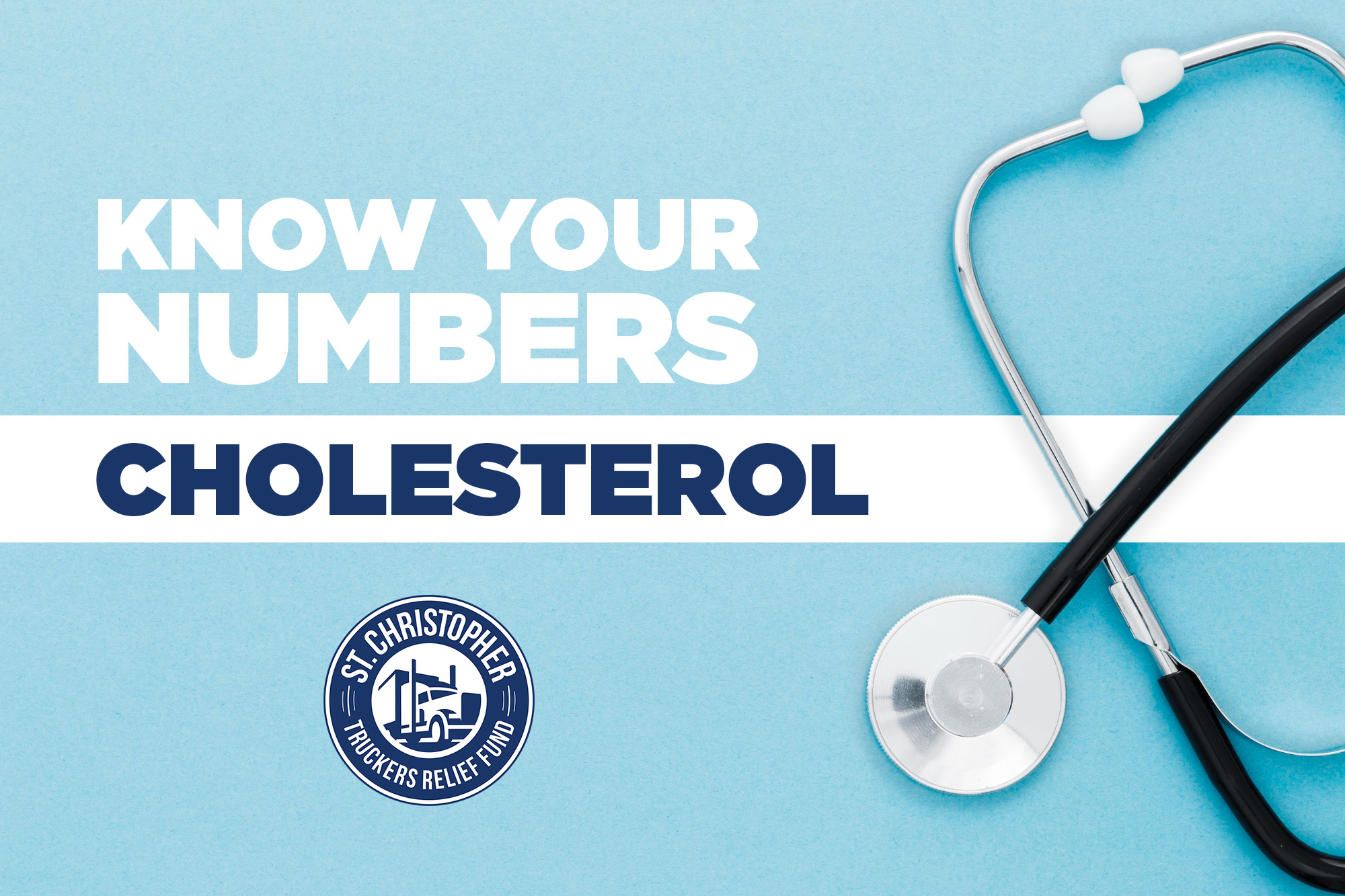
September is National Cholesterol Education Month and an important time to make sure you know and understand your numbers. Even more importantly, now is the time to learn how you can reduce your risk for high cholesterol, or better manage your cholesterol levels if they are already high. Nearly 32% of Americans have elevated LDL, commonly known as “bad” cholesterol; however, only about 1 in 3 have this condition under control, putting them at double the risk for heart disease. Because of this, it is recommended for all adults over the age of 20 to have their cholesterol levels checked every 4-6 years.
Cholesterol is a waxy, fat-like substance that is found in all of the cells in your body. Despite it getting a bad reputation, cholesterol has some very important functions in the body. Cholesterol is vital in producing hormones like testosterone and progesterone, making vitamin D, creating bile, and it is a basic building block for cell walls. Because all of these are necessary functions within our body, it is safe to say that without cholesterol, we simply wouldn’t survive! However, our body can produce about 80% of the cholesterol that we need in order to sustain life, leaving us to obtain the other 20% from our diet.
Dietary cholesterol generally comes from animal byproducts such as eggs, dairy, and meat. However, there are also plant-based sources, such as coconut oil. Consuming too many saturated and trans fats of any kind can lead to elevated cholesterol levels. Examples of saturated fats include butter, cheese, vegetable oil, and meat. Most trans fats come from processed foods, fried foods, and margarine.
There are two types of cholesterol, low-density lipoprotein (LDL) and high-density lipoprotein (HDL). LDL is generally higher than HDL, is most susceptible to being elevated due to our dietary choices and causes the most significant health risks when elevated. Therefore, we want our LDL to be lower (you can remember this by using the letter “L” – LDL shoulder be lower). For the average person, the goal is to keep LDL under 100. An elevated LDL level is an indication that this type of cholesterol has built up in the arteries, much like a clogged drainpipe. A slow buildup of LDL over years is unlikely to cause any symptoms, that is until there is a major health diagnosis or event such as heart disease, heart attack, or stroke.
HDL is generally a lower percentage of our total cholesterol. It is beneficial to our health because it is responsible for transporting LDL to the liver to be broken down. Therefore, we want out HDL to be higher (you can remember this using the letter “H” – HDL should be higher). Ideally, HDL should be above 60. Factors that can help to increase HDL include daily activity and following a heart-healthy diet which includes more unsaturated fats (such as olive oil, nuts, and avocados), fiber, and complex carbohydrates, and significantly reduced saturated fats, sugar, and sodium.
Along with diet and exercise, cutting out tobacco, limiting alcohol, staying hydrated, and keeping BMI below 30 are all proven to be beneficial for helping your cholesterol numbers. By knowing your numbers, being proactive in lifestyle changes, and taking medications when lifestyle changes are not quite enough, you can reduce your risk for long-term health complications from elevated cholesterol levels.
Interested in getting your numbers going in the right direction? Join our free Healthy Habits for the Long Haul program: www.truckersfund.org/healthy-habits
